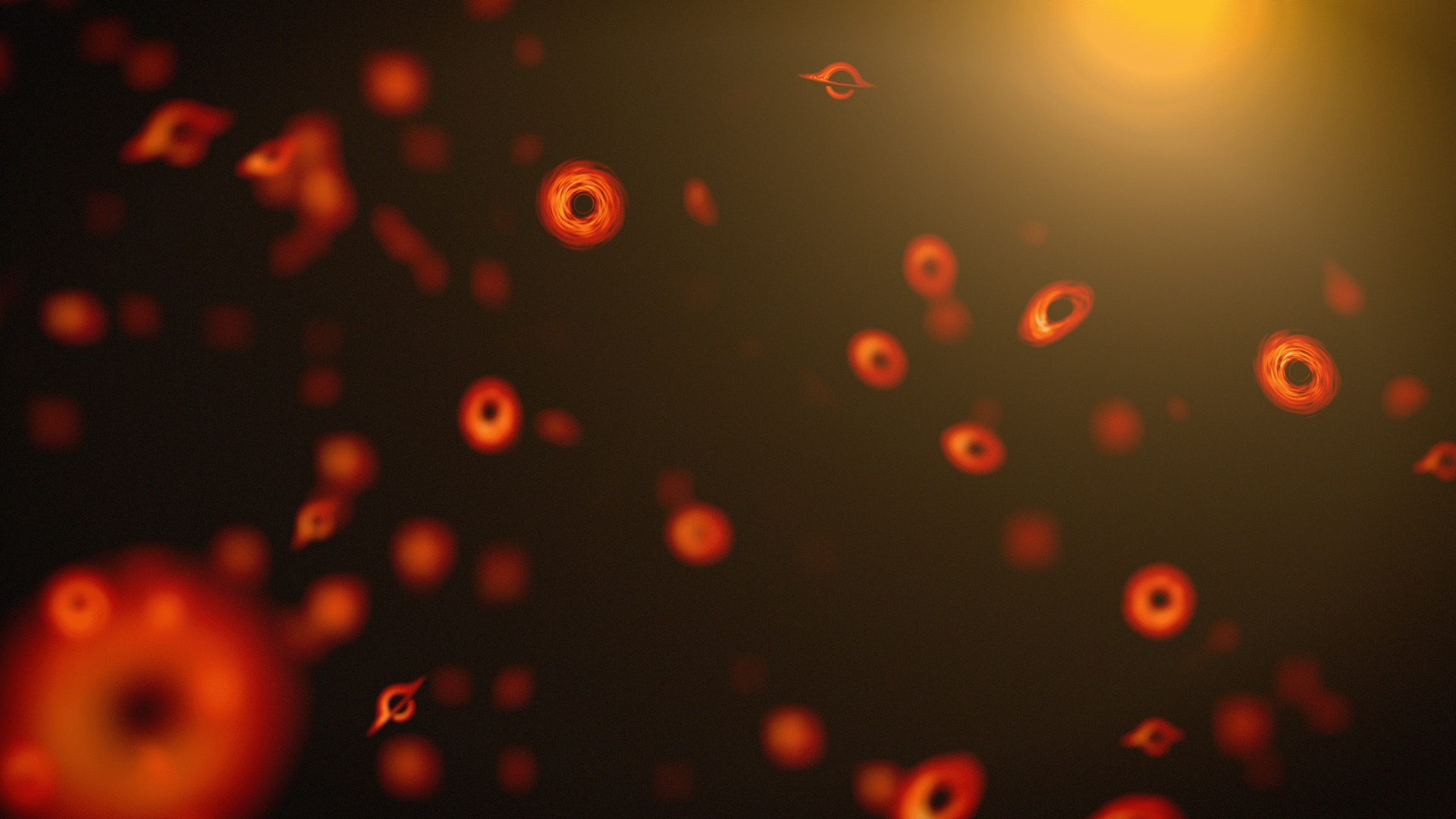
Scientists propose a revolutionary new method to detect primordial black holes by hunting for their Hawking radiation. Instead of searching for faint background signals, researchers suggest using the Alpha Magnetic Spectrometer on the International Space Station to watch for distinctive spikes in positron particles as these ancient black holes pass through our solar system, emitting Hawking radiation.
Continue reading
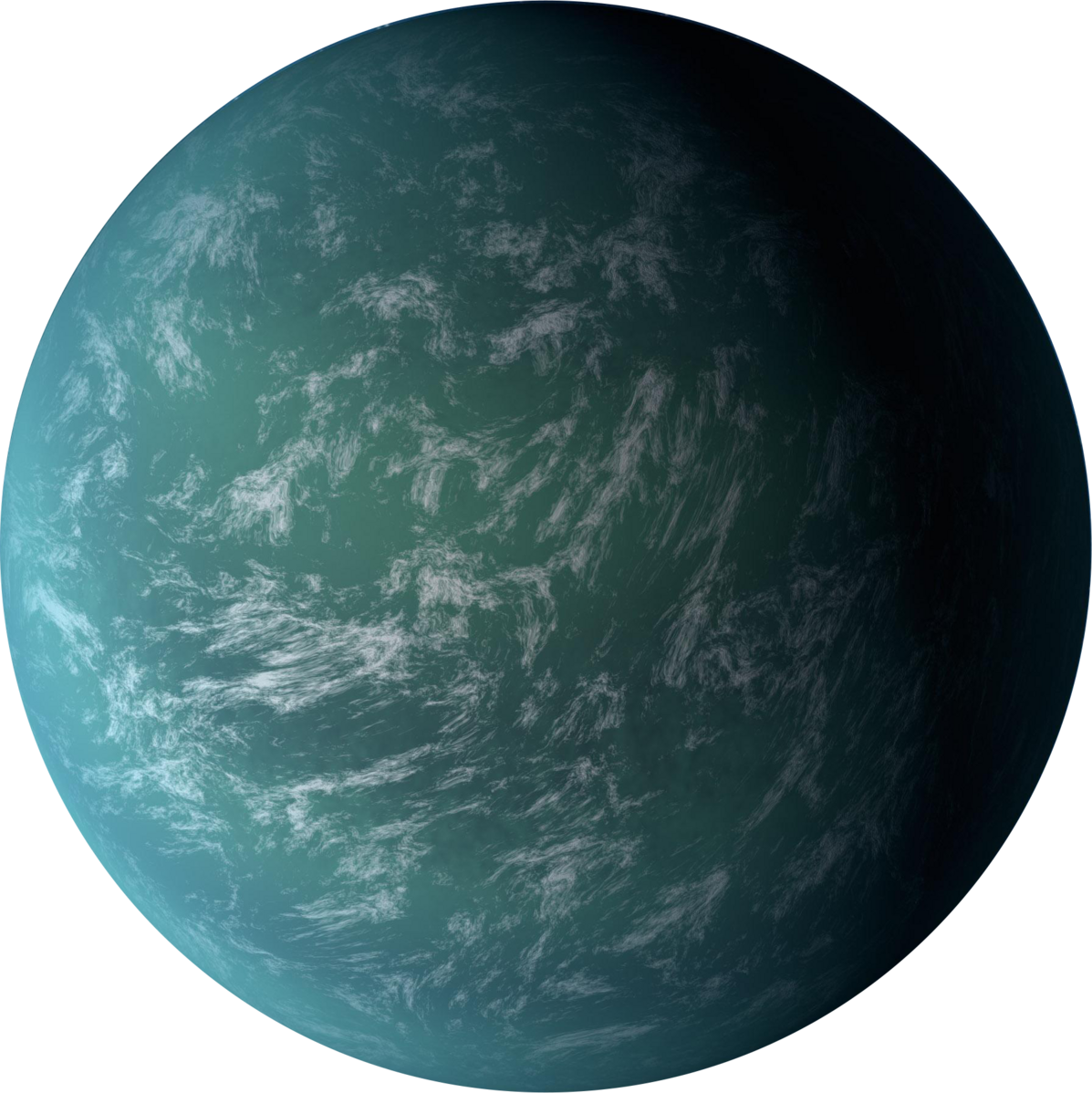
The search for life beyond our planet continues, and one of the most underappreciated tools in an astrobiologists' toolkit is statistics. While it might not be as glamorous as directly imaging a planet’s atmosphere or finding a system with seven planets in it, statistics is absolutely critical if we want to be sure that what we’re seeing is real and not just an artifact of the data, or of our observational techniques themselves. A new paper by Caleb Traxler and their co-authors at the Department of Information and Computer Science at UC Irvine takes on that challenge head-on by statistically analyzing a set of about 10% of the total number of exoplanets found and judging their habitability.
Continue reading
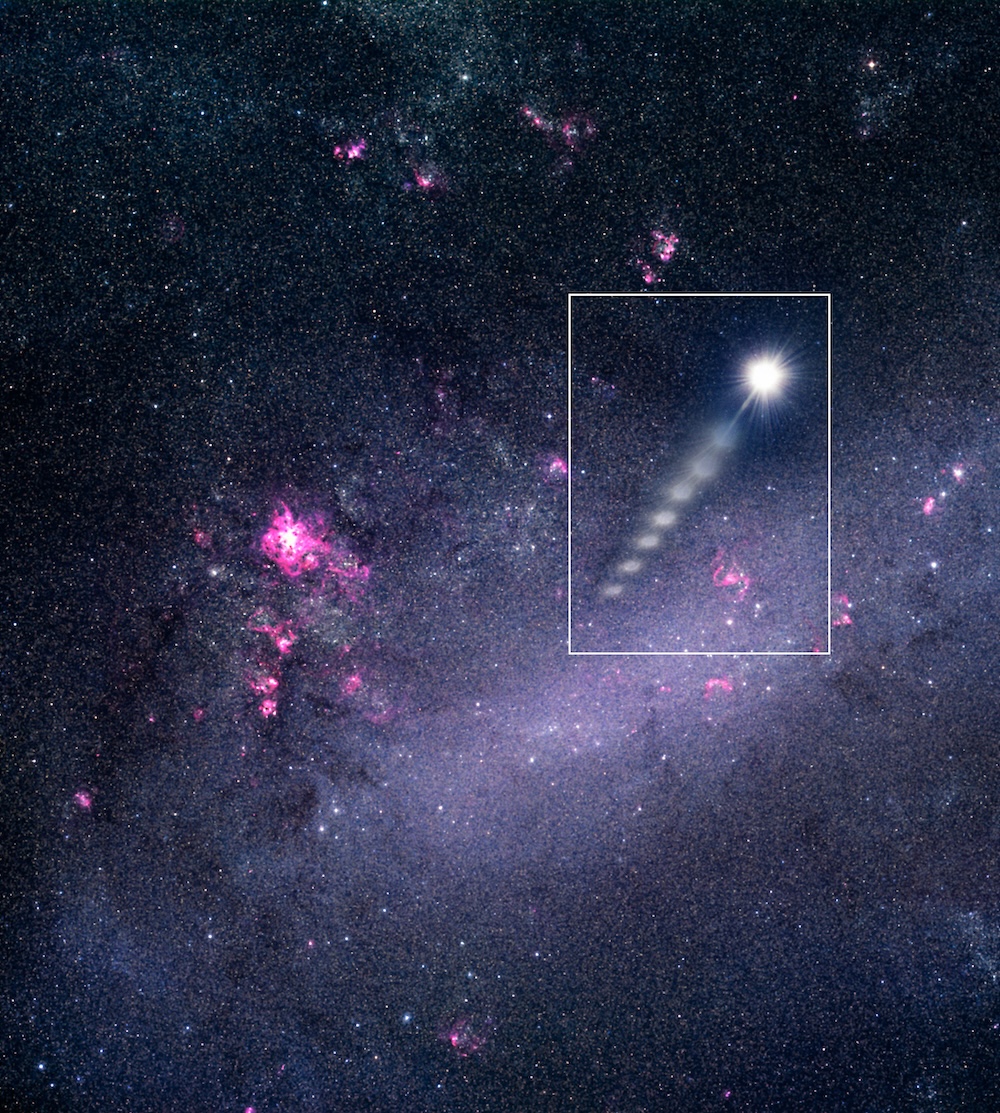
Sometimes a non-detection can tell you a lot. For example, astronomers recently searched through data containing around 5 million stars captured by the Dark Energy Spectroscopic Instrument. They were looking for stars that had been ejected from the center of the Milky Way galaxy, through the gravitational interaction of the supermassive black hole Sgr A*. They failed to find any obvious candidates, which suggests that Sgr A* hasn't merged with another black hole recently.
Continue reading
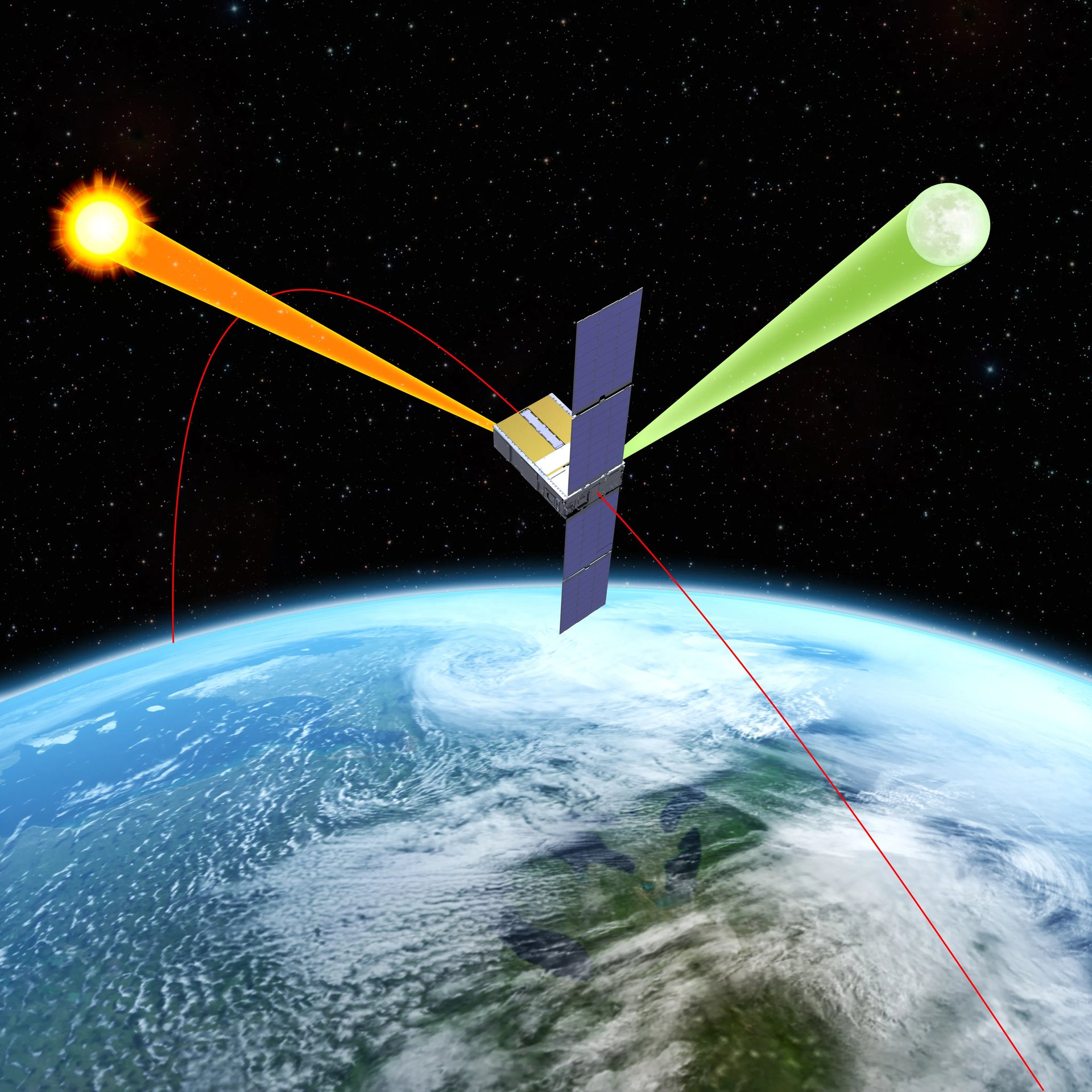
Calibration is a necessary, if typically invisible, step in the successful operation of any scientific telescope. Without a known value to compare its readings against, data from telescopes could suffer from biases or transients that could completely misdirect scientists analyzing it. However, those same scientists also struggle to find good sources of data to calibrate against. Enter Arcstone - a technology demonstration mission that launched earlier this week that plans to use one particular source as a calibration dataset - moonlight.
Continue reading
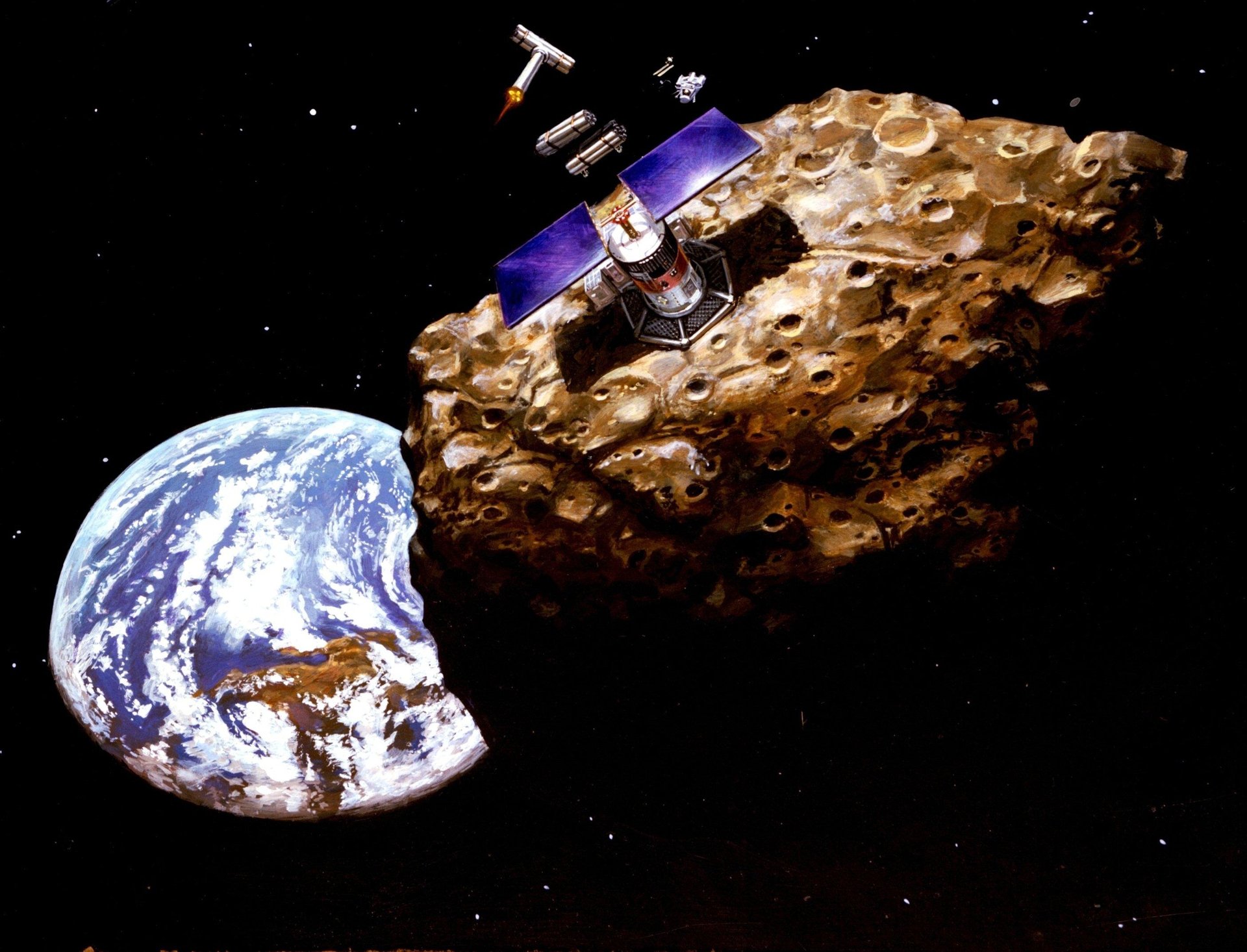
This year's $10,000 Schweickart Prize is going to a team of students who are proposing a panel to address the risks that could arise when we start tinkering with asteroids.
Continue reading
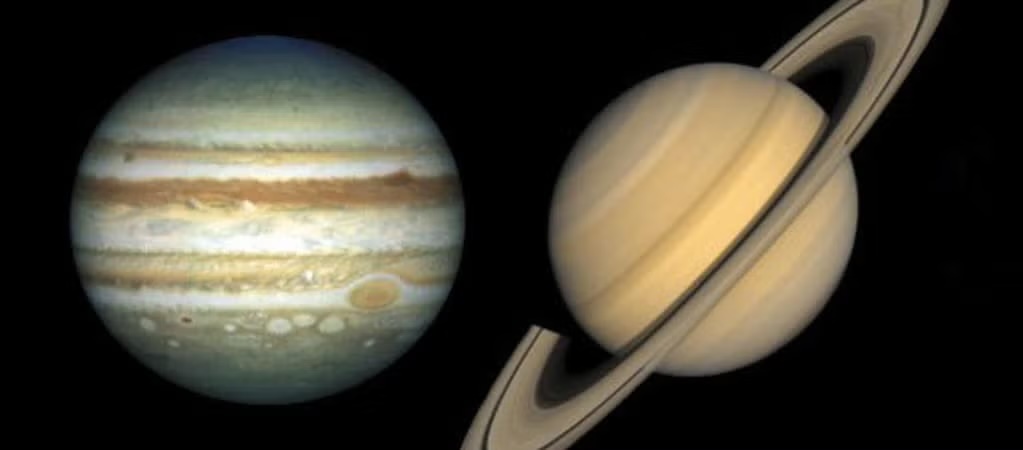
JWST is a powerful telescope and has directly observed a handful of exoplanets. But according to a new paper, it could set its sights higher, way higher. Astronomers suggest that Webb's MIRI and NIRCam instruments have the capabilities to detect planets around nearby stars as cold (or colder) than Saturn, at the same orbital separation, mass, and age as Saturn and Jupiter. They also found that clouds can have a big impact on their ability to study the planets, but it's easier for MIRI.
Continue reading
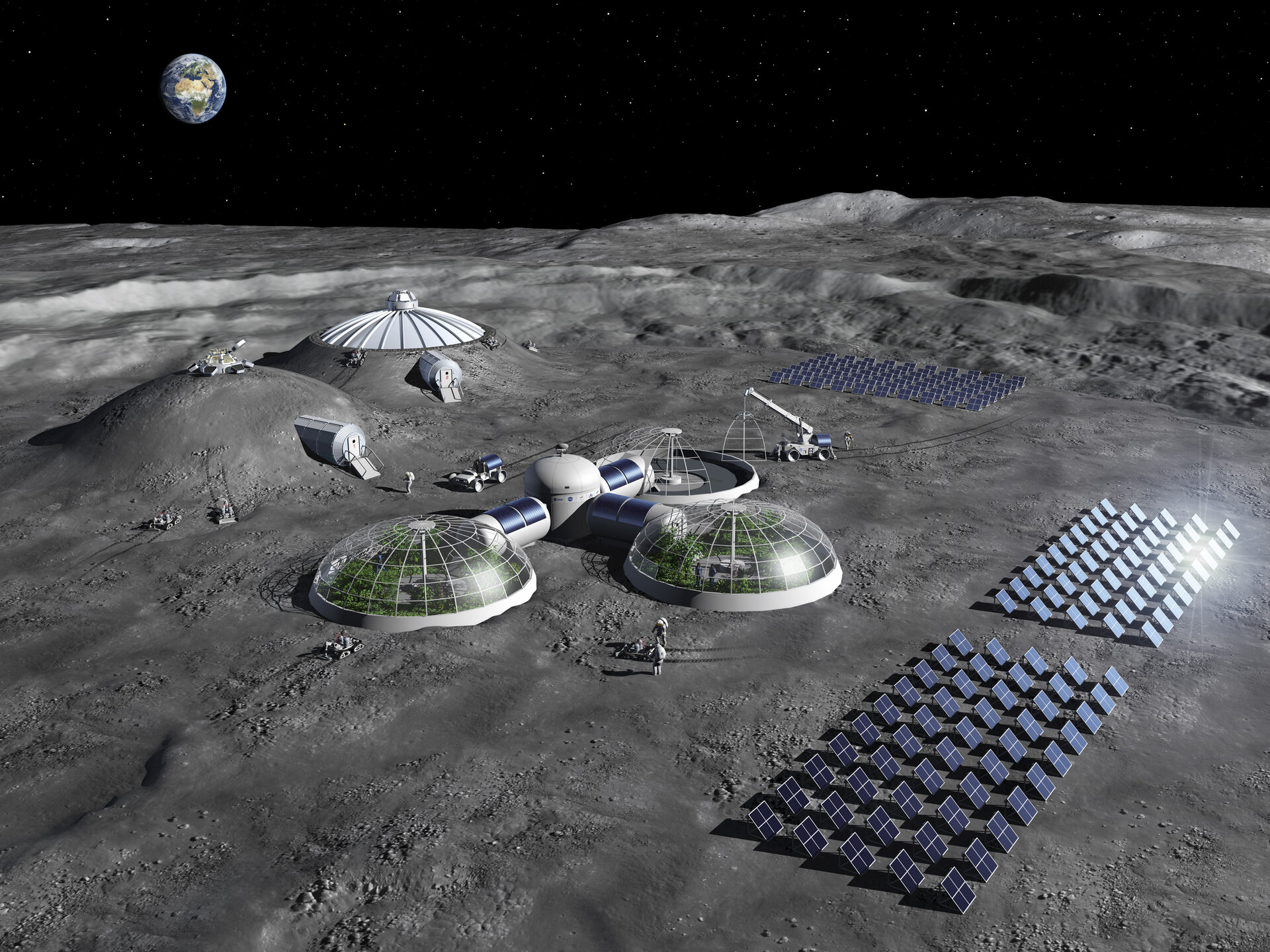
Space exploration enthusiasts tend to overlook the regulatory aspects of their desired goals. They focus on technologies and the science we can do with them rather than mundane things like property rights or environmental considerations. However, in the long run, those enthusiasts will have to grapple with all aspects of exploration programs as they begin to affect more and more of the public. With such foresight, various groups have started putting forward ideas for frameworks of how to holistically think about how to utilize the Moon, as that seems the most likely first stepping stone out to the wider solar system. A new paper from Ekaterina Seltikova and her colleagues at the Space Generation Advisory Council (SGAC) and the University of Toronto puts forth one such framework, with a particular focus on how to develop a lunar economy that is open for everyone.
Continue reading
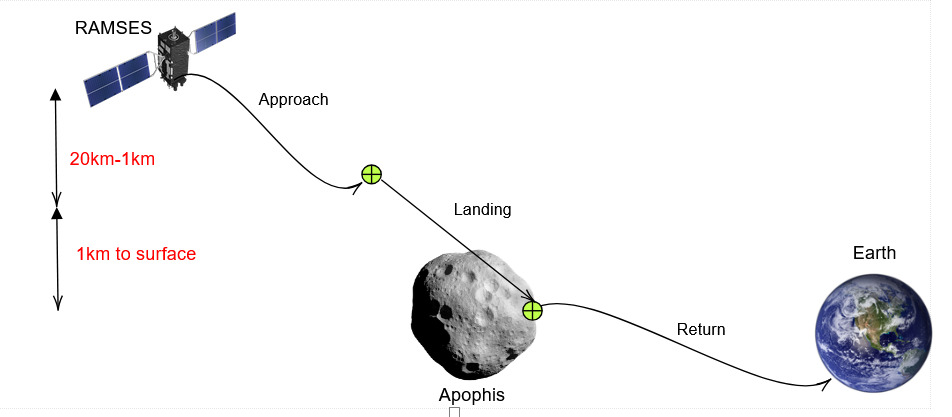
The coming of asteroid (99942) Apophis in April 2029 has sparked plenty of discussion both inside and outside the astronomical community. Despite original fears that it be pose a threat, Apophis will safely pass around 32,000 km away from Earth - though admittedly that is still closer than some geostationary communications satellites. That close approach offers a unique opportunity for those interested in asteroid science to take an up-close look at one of these relic of the early solar system, and various groups are planning to do just that. A new paper from Victor Hernandez Megia and his colleagues at the German Aerospace Center (DLR) suggests a new mission that could provide even further insight into the interior of Apophis - by returning part of it to Earth.
Continue reading
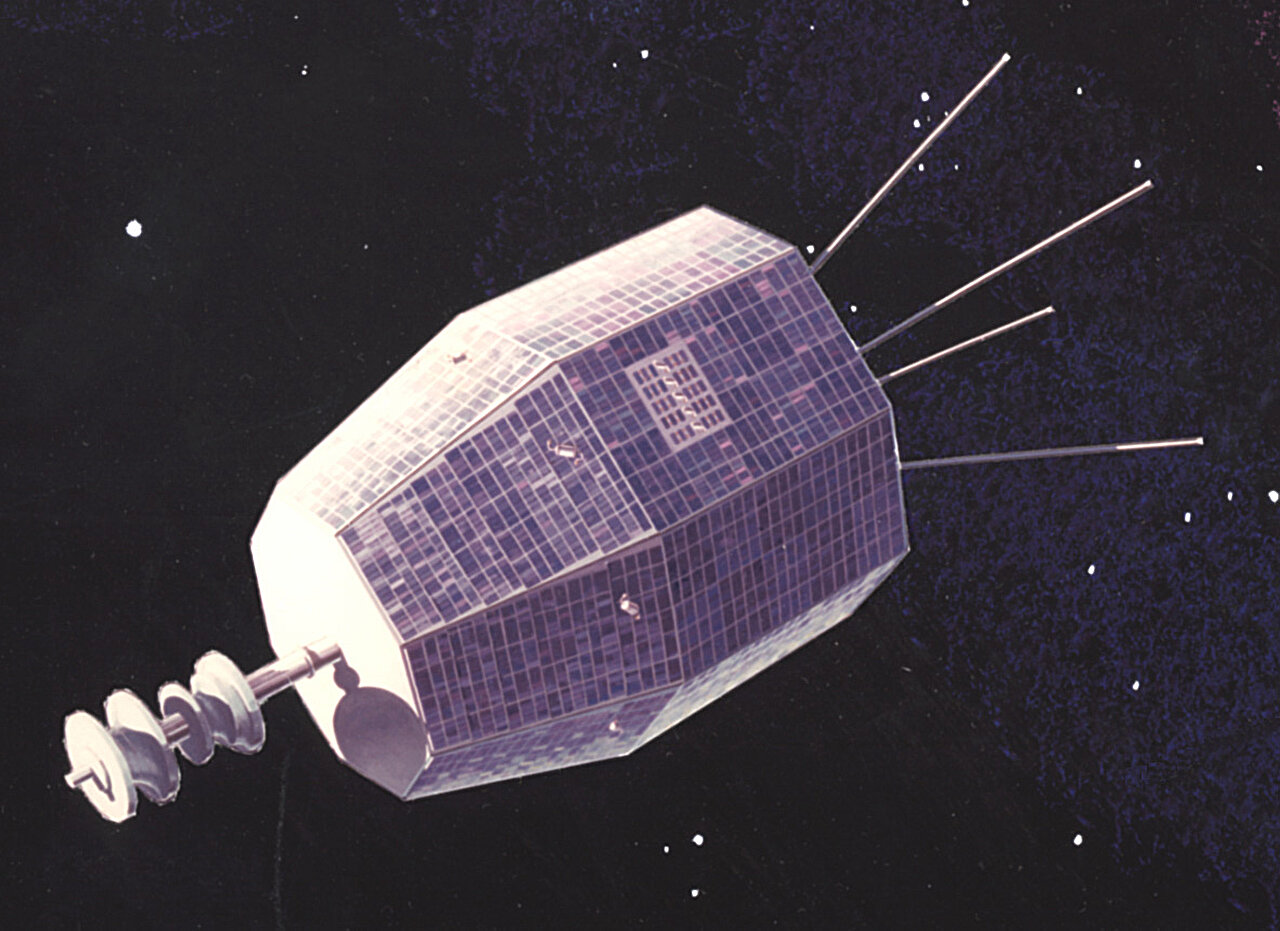
A team of astronomers and astrophysicists affiliated with several institutions in Australia has found that a mysterious fast radio burst (FRB) detected last year originated not from a distant source, but from one circling the planet—a long-dead satellite. The team has posted a paper outlining their findings on the arXiv preprint server.
Continue reading
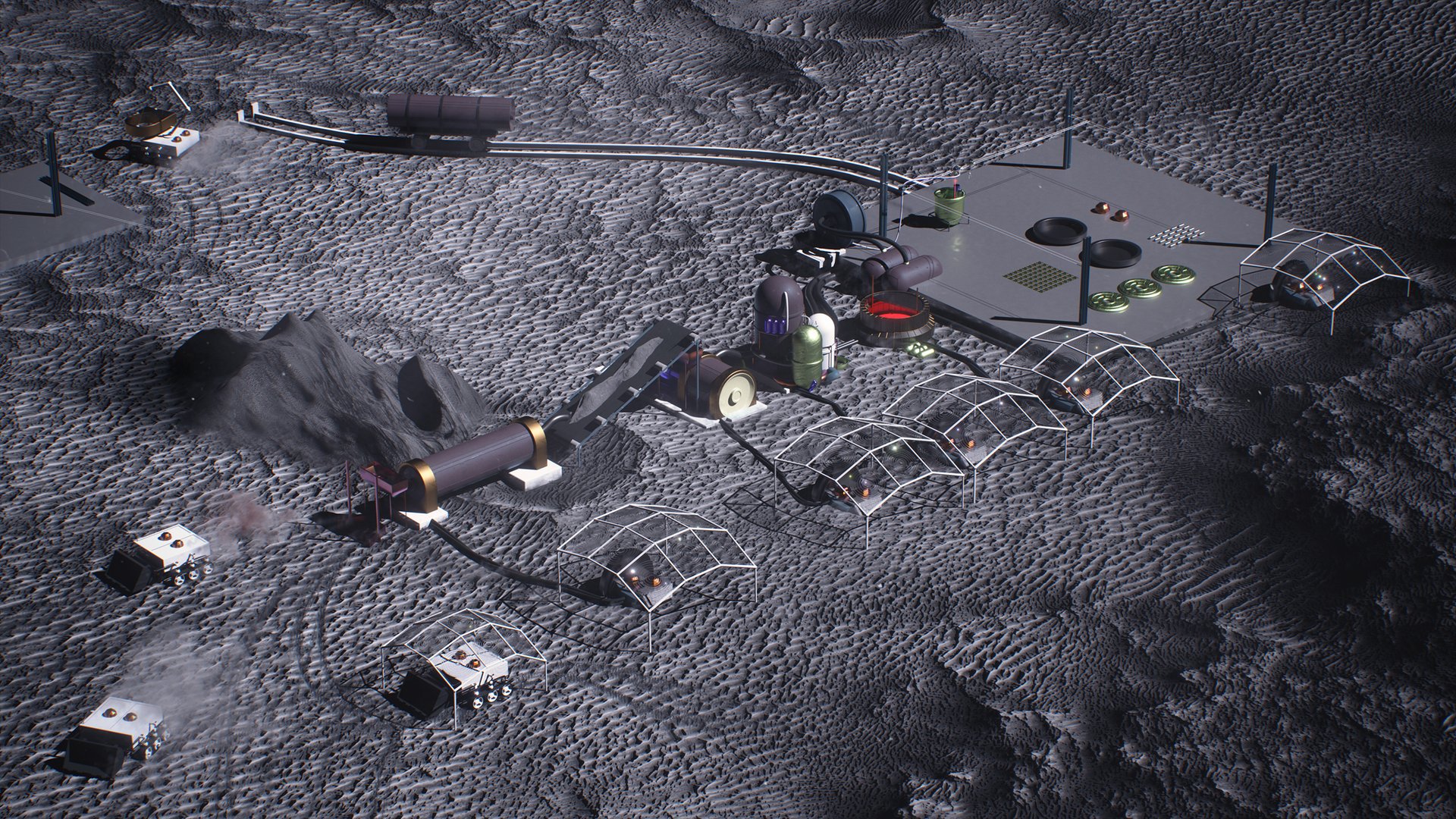
If there are permanent stations on the Moon, the residents will need to learn to live off the land, using local resources to manufacture building material and supplies. Ceramics work well on Earth, and they'll have a role to play on the Moon. The problem is, we don't know how to make them. In a new paper, researchers propose chemical reactions that could produce useful ceramics and even useful byproducts, like aluminum.
Continue reading

Hundreds of millions of years ago, temperatures cooled on Earth to the point that almost the entire planet was covered in glaciers: snowball Earth. Just how life survived has perplexed scientists for some time! A team of researchers believe they have found answers in Antarctica's tiny meltwater ponds, discovering thriving ecosystems packed with diverse microbes, algae, and microscopic animals. These ice bound oases show how ancient life could have weathered Earth's deepest freeze, and not just survived, but flourished.
Continue reading
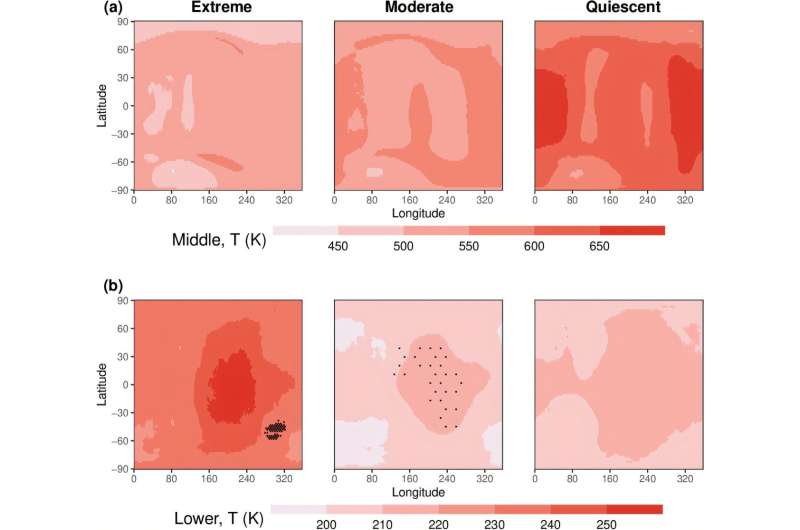
Astronomers know that red dwarf stars can release powerful flares on a regular basis, and these could irradiate nearby planets. But are there other effects? Researchers have simulated four scenarios of flare activity from quiescent to extreme flare activity and found that it can change temperature fluctuations at different levels in the atmosphere. The upper atmosphere actually cools while the middle and lower atmosphere warms up. Ozone can also be depleted and wind speeds dramatically affected.
Continue reading
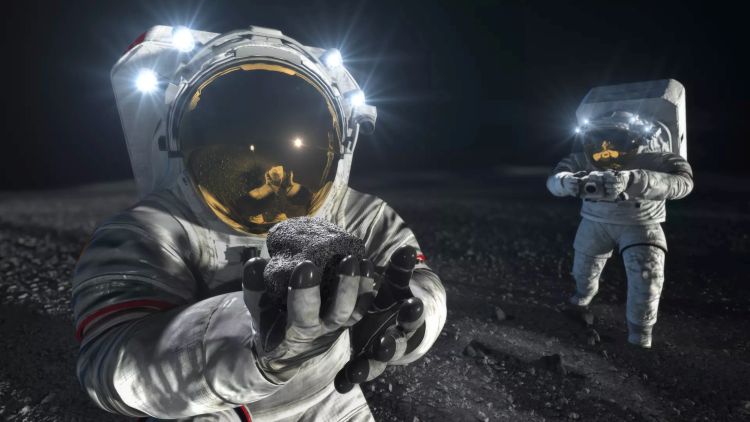
What imaging systems can NASA’s Artemis astronauts use on the Moon to conduct groundbreaking science and efficient documentation on the lunar surface? This is what a recent study presented at the 56th Lunar and Planetary Science Conference (LPSC) aspired to address as a team of researchers from the University of Texas at El Paso and Johns Hopkins University Applied Physics Laboratory investigated using next-generation cameras on the Artemis III mission, which is slated to be the first lunar surface mission of the Artemis program.
Continue reading
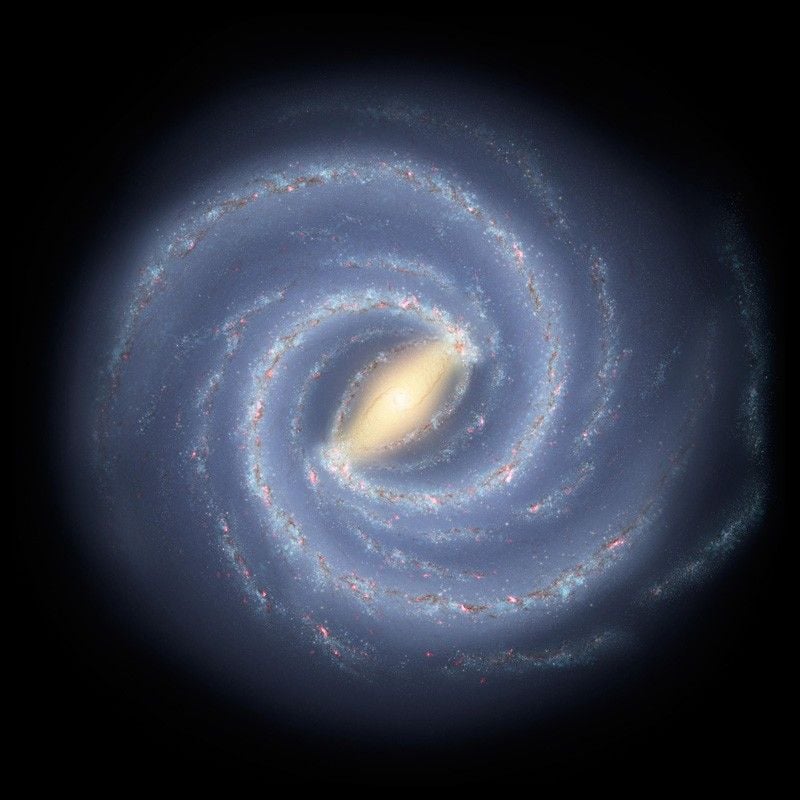
Astronomers have found a new way of accurately mapping the outer gas disk of the Milky Way using the positions of young stars. In the process, they've also discovered that our galaxy's structure is more complex than everyone thought, complete with tufty-looking "flocculent" gas clouds.
Continue reading
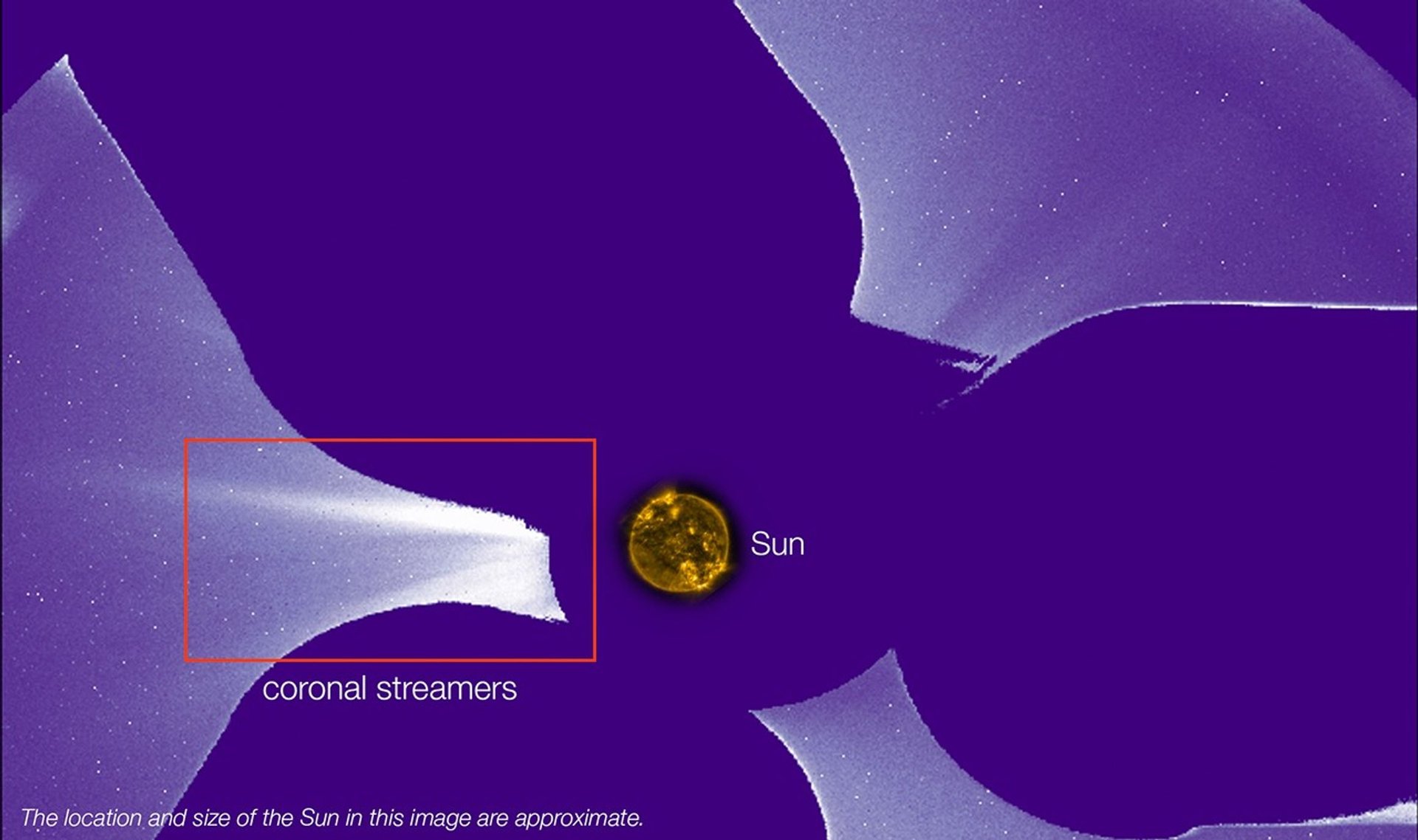
A new solar observing telescope on the exterior of the International Space Station is open for business. NASA recently released images from the newly commissioned Coronal Diagnostic Experiment (CODEX) mounted on the station.
Continue reading
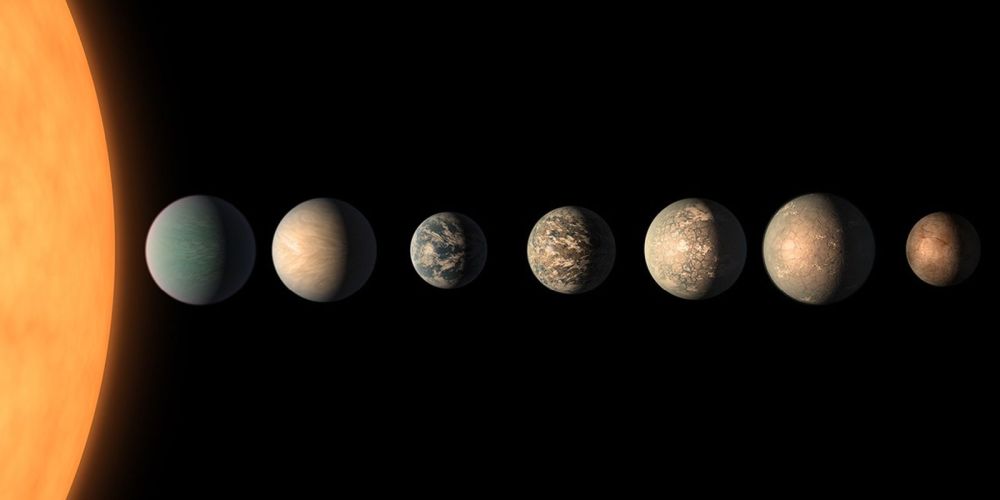
The observed exoplanet population contains a large number of solar systems where multiple exoplanets follow short orbital periods. The most well-known example of a compact solar system is the TRAPPIST-1 system. There are many others, and exoplanet scientists are trying to understand how they form. Scientists at the Southwest Research Institute (SwRI) may have figured it out.
Continue reading
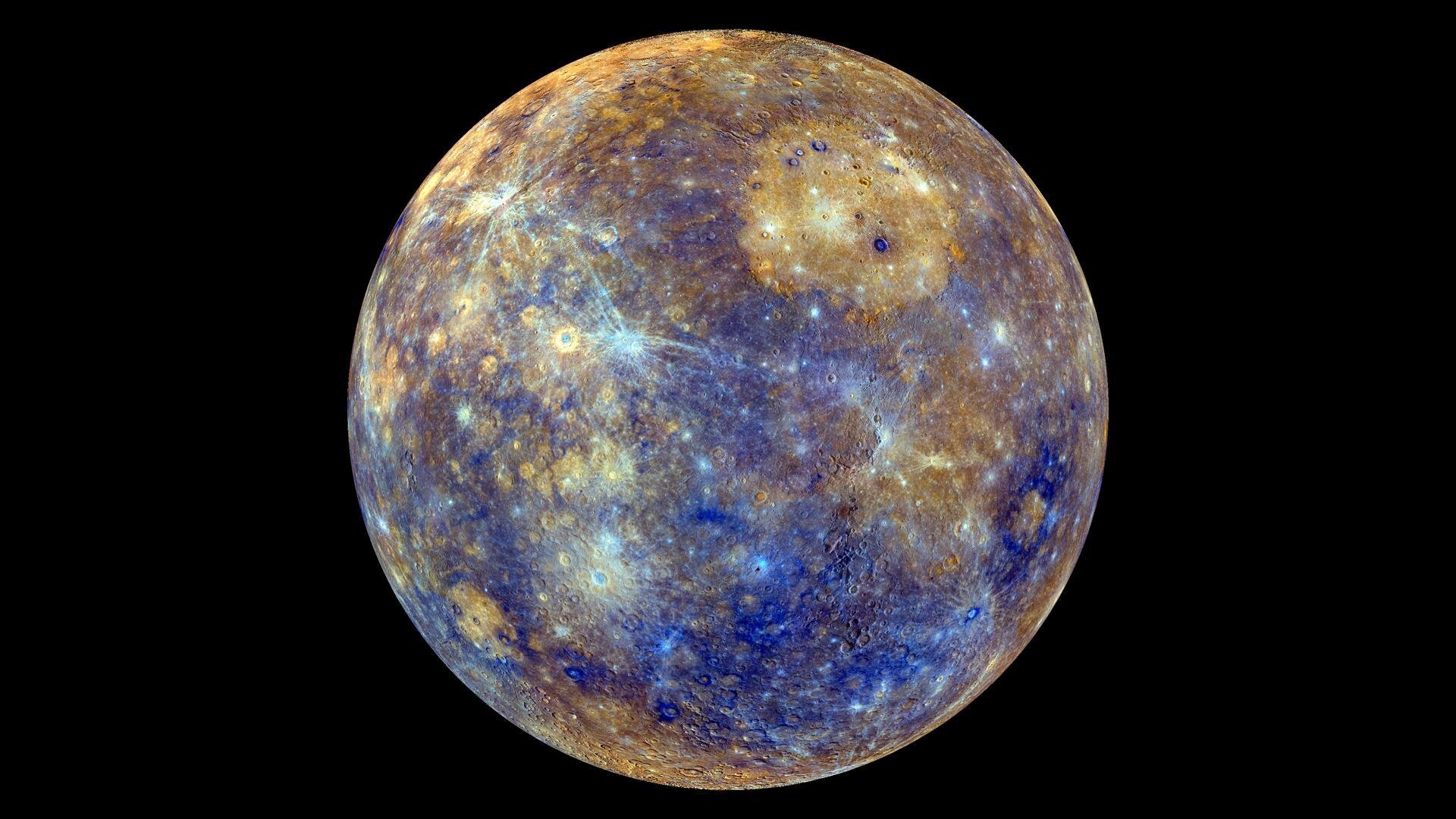
Mercury doesn't give up its secrets easily. The smallest planet in our Solar System is also one of the most extreme, a sun-scorched, metal-rich world with a puzzling magnetic field and lavas unlike anything found on Earth. Now, groundbreaking laboratory experiments are finally beginning to unlock these mysteries, revealing how this planetary oddball could hold the key to understanding rocky planets throughout the universe.
Continue reading
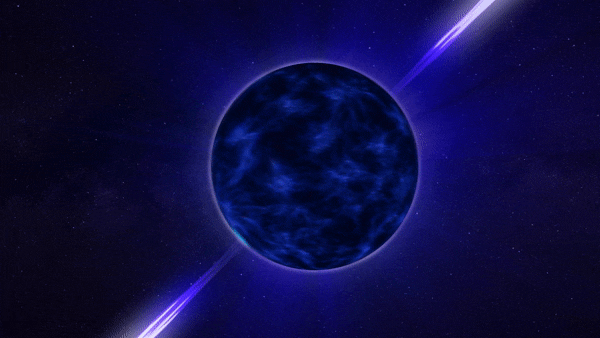
Pulsars are spinning neutron stars, with several times the mass of the Sun compressed into a sphere just 10 km across. They have a theoretical "death line,” a point where pulsars should stop emitting radio waves as they slow down. But researchers have detected two pulsars still beaming radio signals despite being below this death line. One explanation is that there are tiny irregularities on their surfaces, mountains just 1 cm tall. These peaks amplify local electric fields, making it easier for the pulsars to accelerate particles and produce radio emissions that should be impossible.
Continue reading
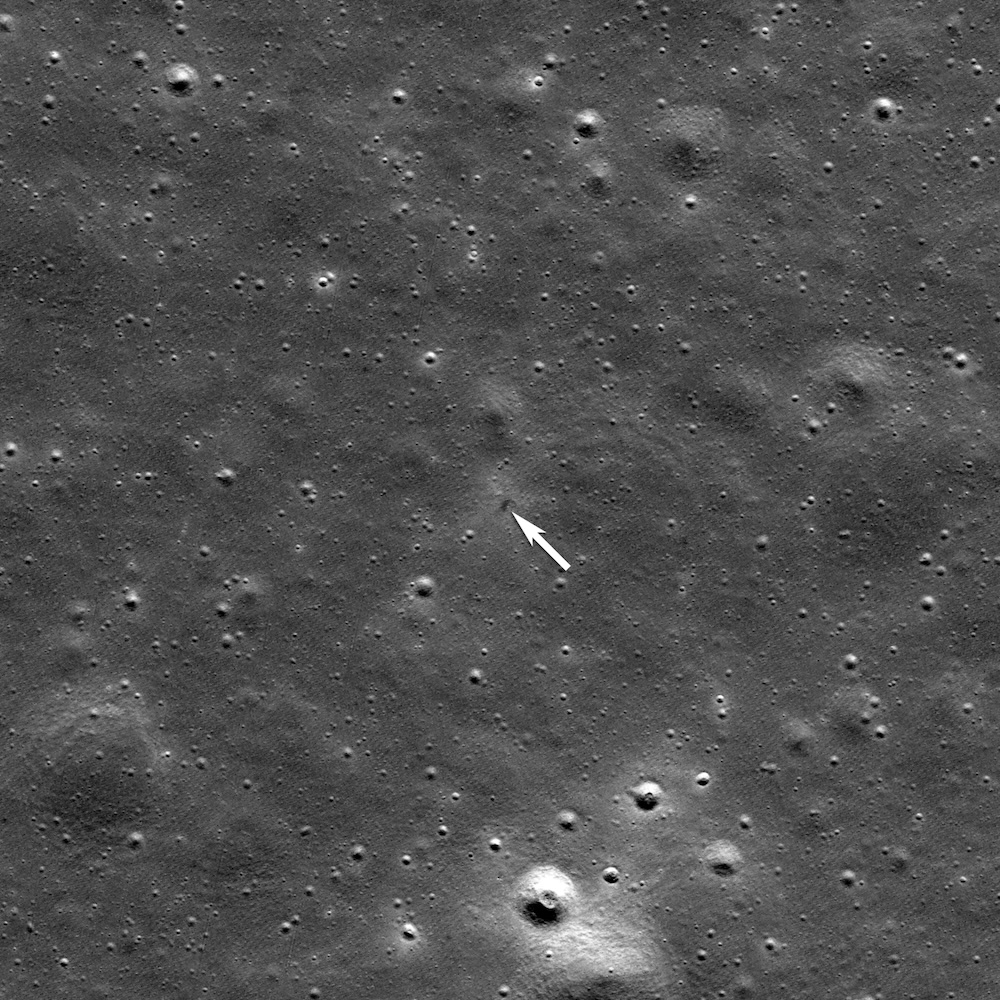
The Japanese ispace HAKUTO-R Mission 2 was supposed to touch down gently on the Moon on June 5, 2025. Unfortunately, communications with the RESILIENCE lander were lost about 90 seconds before it should have landed, and it was assumed to have crashed on the lunar surface. Now, NASA's Lunar Reconnaissance Orbiter has captured the crash site from orbit at an altitude of 80 km and confirmed where it smashed into the Moon.
Continue reading
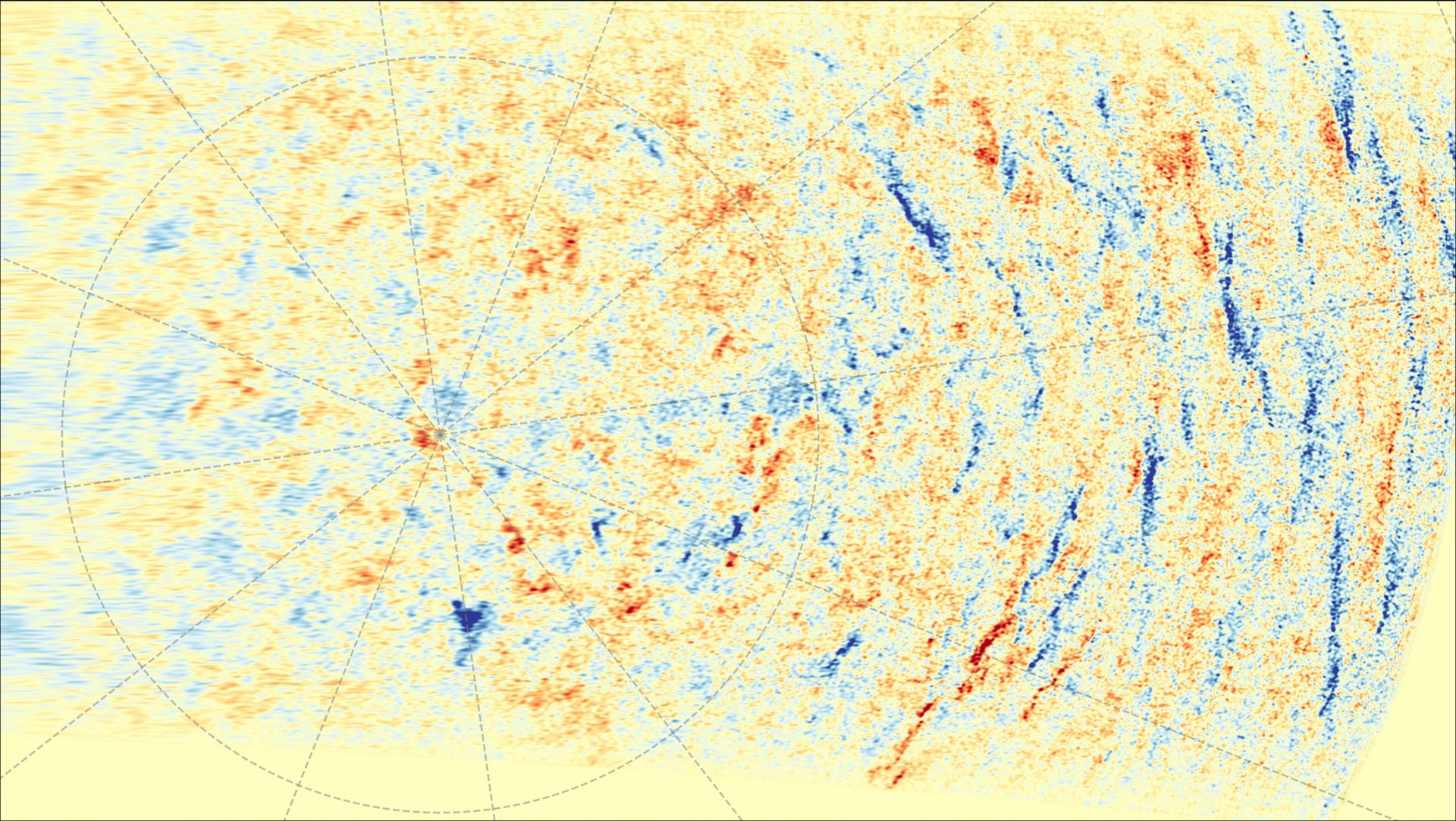
Since 2025, Solar Orbiter is the first Sun-watching spacecraft to ever get a clear look at the Sun's poles. It discovered that at the south pole, the Sun’s magnetic field is currently a mess. This image shows a magnetic field map from Solar Orbiter's Polarimetric and Helioseismic Imager (PHI) instrument, centred on the Sun's south pole. Blue indicates positive magnetic field, pointing towards the spacecraft, and red indicates negative magnetic field. There are clear blue and red patches vi...
Continue reading

 Universe Today
Universe Today


















